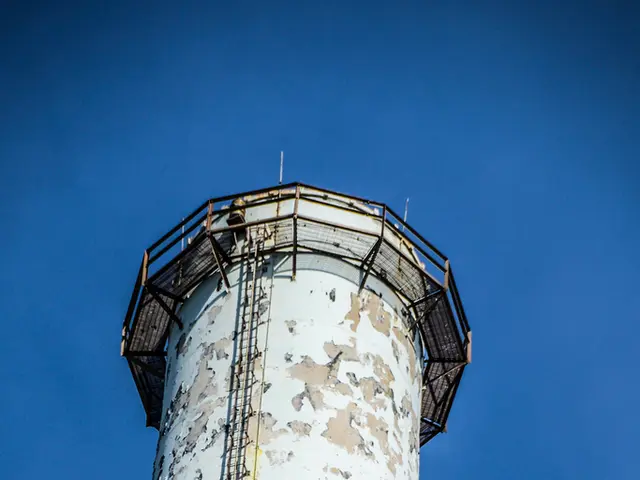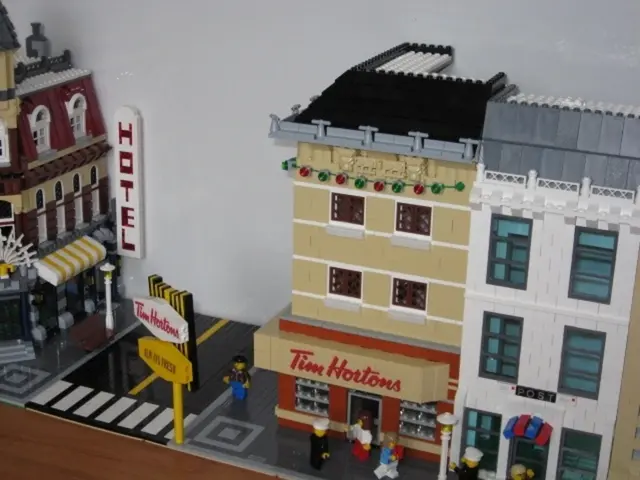Tramway's closing statement: Carolabrücke receives final handover
Dresden’s Carol Bridge Collapse Investigation concludes with a definitive cause and recommendations for future bridge safety
Prof. Steffen Marx from TU Dresden revealed the findings of his final report on the collapse of the Dresden Carol Bridge on Wednesday, stating that stress corrosion cracking in the reinforcement steel was the primary cause of the incident. This weakness in the steel was present since its installation 50 years ago and went undetected due to a lack of proper testing methods at the time.
According to Marx, tiny cracks formed in the reinforcement steel during installation, gradually growing larger due to the weight and vibrations of the bridge. The stress and subsequent cracking remained unnoticed as acoustic emission measurement, a safe testing method for reinforced concrete bridges, was not implemented at the time of the Carol Bridge's construction.
Additionally, Marx highlighted two pivotal factors on the night of the collapse last September: a dramatic temperature drop and the specific stress experienced by train C (the section of the bridge that collapsed). As the last tram passed through, it provided the trigger for the bridge's collapse, though it was not the main cause. The line 7 tram crossed the Carol Bridge at 2:50 AM towards Neustadt just minutes before the bridge fell into the water, with no injuries reported.
In light of the Carol Bridge collapse, experts emphasize the importance of acoustic emission measurement for reinforced concrete bridges. Since the incident, this method has been implemented on the Budapester Straße bridge, with no reinforcement steel failures detected thus far. However, due to the expense of this technology, it is recommended to first assess the risk for other structures of this type before implementing widespread monitoring.
Marx estimates that over 1,000 bridges nationwide could be affected and suggests regular inspections, adequate maintenance, corrosion prevention measures, load capacity management, and external post-tensioning systems as critical components in a comprehensive safety strategy. To ensure the safety and longevity of reinforced concrete bridges, it is essential to integrate these measures into the design, construction, and maintenance plans for bridges across the country.
The experts' report on the Carol Bridge collapse is available for public viewing on the Dresden city website.
- Integrating acoustic emission measurement in the design and construction of future reinforced concrete bridges, as demonstrated on the Budapester Straße bridge, could help prevent stress corrosion cracking in reinforcement steel, a lesson learned from the collapse of the Dresden Carol Bridge.
- The health and wellness of the public and the general news community rely heavily on the application of science and technology in identifying, addressing, and preventing medical-conditions and safety concerns, such as the collapse of the Dresden Carol Bridge, to ensure infrastructure safety and longevity.
- With 1,000 bridges nationwide potentially at risk for stress corrosion cracking in reinforcement steel, similar to the collapse of the Dresden Carol Bridge, health and wellness organizations recommend regular inspections, adequate maintenance, corrosion prevention measures, load capacity management, and external post-tensioning systems as essential components in a comprehensive safety strategy that integrates science, technology, and medical-conditions awareness.







